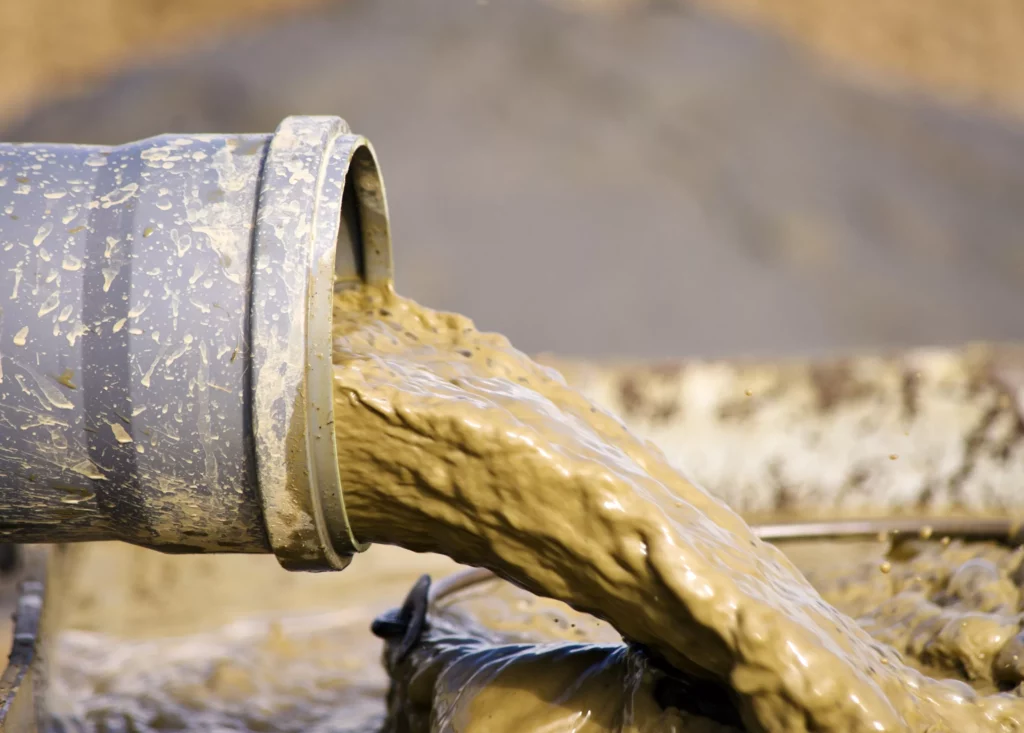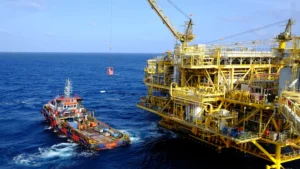Introduction
In the dynamic scenario of the oil industry, waste management emerges as a demand for effective attention and solutions. With each drilling operation, significant amounts of waste are generated, requiring proper management to mitigate environmental impacts and comply with increasingly strict regulations. It is in this context that the urgent need arises to explore and adopt innovative technological solutions that not only optimize operational efficiency but also promote more sustainable and responsible practices.
The purpose of this topic is to discuss technological solutions applied to waste management in oil drilling. Analyzing how these innovations are radically transforming the way the oil industry addresses the challenge of waste management, from automated collection systems to advanced treatment and recycling processes.
We will examine the full spectrum of available technologies and their potential impacts in terms of operational efficiency, environmental sustainability, and regulatory compliance. Through this exploration, we aim to provide a comprehensive overview of emerging trends and best practices in waste management within the specific context of oil drilling operations.
Drilling waste management
Contamination of drilling mud is an inevitable consequence in drilling operations. The presence of cuttings in the drilling fluid is essential for drilling progress, as their absence would indicate a malfunction in the operation.
The separation of cuttings at the surface through solids control equipment, along with an amount of drilling fluid that is unrecoverable or unwanted from an economic standpoint, constitutes a significant source of drilling waste.
Cuttings and formation solids that cannot be fully removed by solids control equipment are typically classified as drilling solids. These fine solids tend to accumulate in the drilling fluid and must be treated or reduced in concentration through fluid dilution.

Mud flow from a pipeline as part of the water drilling process.
Drilling Waste Management Analysis
In the oil and gas industries, waste refers to undesired remnants of production processes or residual products resulting from resource-consuming activities without adding value. Proper oil and gas waste management is based on different types such as liquid waste, semi-liquid waste, solid waste, chemical waste, spent catalysts, emissions, etc. The types and quantities of waste can vary depending on operations, production stage, and location of oil and gas facilities.
Liquid waste management encompasses a variety of residual liquids generated during production stages. These include wastewater contaminated with hydrocarbons, drilling muds used for cooling bits and lubricating wells, and produced water, extracted alongside oil and gas, which may contain chemicals and sediments.
Semi-liquid waste in the oil and gas industry refers to those with an intermediate consistency between liquid and solid. A prominent example of this type of waste is drilling mud, a viscous mixture of water, drilling fluids, and solids like clay and rock cuttings. This mud is used to maintain stability and lubrication during well drilling.
Advanced technologies in drilling waste management
In the oil industry, efficient and responsible management of drilling waste is crucial to ensure environmental safety and regulatory compliance. Technological evolution has enabled the development of innovative solutions that effectively address this challenge by optimizing the collection, treatment, and disposal processes of waste generated during drilling operations.
One of the most prominent advanced technologies in drilling waste management is the use of advanced separation and filtration systems. These systems employ mechanical separation methods such as centrifugation and high-precision filtration to separate undesirable components from drilling fluids and solid waste. This allows for the recovery of base fluids for reuse in future operations and reduces the amount of waste that needs to be treated and disposed of.
Another innovative technology is the application of thermal desorption techniques. This process uses heat to vaporize organic compounds present in drilling waste, separating them from inert components. The resulting vapor can be collected and condensed, leaving behind solid residues that are easier to handle and safely dispose of.
Furthermore, bioremediation has emerged as a promising technology, whereby natural microorganisms degrade organic compounds in waste, transforming them into less toxic or inert products. Bioremediation can be particularly useful in cleaning soils contaminated by drilling fluid spills.
These advanced technologies are revolutionizing how the oil industry addresses this important aspect of its operations. From advanced separation and filtration systems to thermal desorption and bioremediation techniques, these innovations are enhancing efficiency, environmental safety, and regulatory compliance.
What is intelligent waste management?
Waste management refers to the implementation of systems that employ technologies to improve efficiency, environmental respect, and sustainability in this process. For example, nowadays, some companies in this sector are incorporating smart waste bins that allow real-time monitoring of waste levels and scheduling pickups to maximize operational efficiency.
Likewise, bioremediation provides another effective strategy for sustainable management of drilling waste. Integrating Bioremediation into a comprehensive waste management approach enhances the sustainability of oil exploration operations. This biological technique harnesses the metabolic activities of microorganisms to enzymatically decompose and metabolize organic contaminants present in the waste, turning them into less harmful or even beneficial products.
Thermal Desorption Units (TDUs) stand out as a cutting-edge technological solution to address highly contaminated waste generated in drilling. These units use heat to induce vaporization and separation of contaminants, such as hydrocarbons and heavy metals, from the waste material. This process leads to the obtaining of pure solids and purified liquids, facilitating their treatment and the possibility of recycling. This methodology helps reduce environmental impacts and provides an economically viable alternative to traditional disposal methods.
Waste reduction: Treatment and recycling
Advanced drilling techniques, improved mud systems, and efficient resource utilization have reduced the total volume of waste generated during drilling operations in the oil and gas industry. These solutions focus on optimizing the drilling process and minimizing material consumption, reducing waste streams that require treatment and subsequent disposal.
The development of treatment and recycling technologies to manage drilling fluids, cuttings, and produced water, such as centrifugation, filtration, and thermal treatment methods, facilitates the recycling and reutilization of these waste streams.
Techniques such as injection wells for drilling fluids and cuttings, along with solid containment and monitoring measures, help mitigate the environmental impact of waste disposal, designed to comply with strict environmental regulations and standards.
Conclusions
The variety of innovations, from TDUs to bioremediation, is transforming waste management in oil exploration. These technologies promote environmental awareness, paving the way for a more sustainable future.
Advancements in bioremediation, nanotechnology, and filtration are enhancing the oil industry’s ability to effectively manage waste, reduce environmental impact, and comply with ever-evolving regulations. While significant progress has been made, continuous research and development efforts are needed to address future challenges.

























